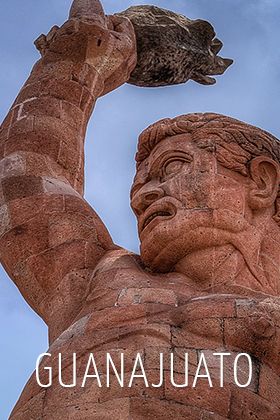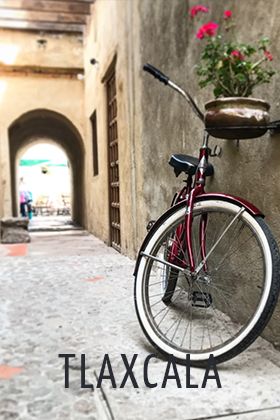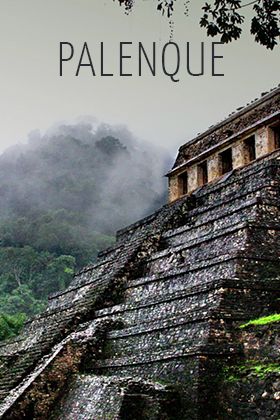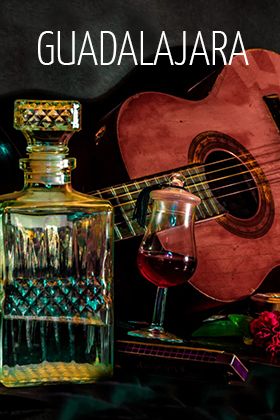Un Paseo por la Historia de Guadalajara (A tour through the History of Guadalaja)
by: Travel by México

Un Paseo por la Historia de Guadalajara (A tour through the History of Guadalaja)
by: Travel by México
Guadalajara was named like this because during the conquest of Mexico, the founder of the city, Nuno Beltran de Guzman wanted to honor his hometown in Spain and baptized it with the same name. The word "Wad al-hidjara" of Arab origin, means "river that runs between stones."
The Villa de Guadalajara was a wandering place. First, people settled in Nochistlan around January 5, 1532. Shortly after the city was divided, some migrated toward Tonala and others to Tetlan. By August 1533 the villa was in Tonala, in what it will be called the New Galicia. After, settlers moved into Tlacotan, where it received the title of city and its coat of arms in 1539, although the village had been destroyed after several battles with natives of the area, so they decided to move towards the Valle de Atemajac, in the Tetlan town, where they arrived on October 9, 1541.
Here were established which are regarded as founders of the place.
On February 4, 1542 was instituted the first City Hall in the current Guadalajara and was given for last time, the title of City by the Emperor Carlos V of Germany and I of Spain. In this last "foundation" of Guadalajara, appears Cristobal de Oñate as the founder of the city.
Guadalajara was named capital of the kingdom of Nueva Galicia in 1561, getting more and more economic importance.
An act of the utmost importance was the founding of the University of Guadalajara in 1792, since this fact it was consolidated as one of the firsts cultures and educational centres of what would later become Mexico.
On December 4, 1786 King Carlos III established the Intendance of Guadalajara which become part of New Spain.
During the War of Independence, Don Miguel Hidalgo y Costilla officially declared the abolition of slavery in Guadalajara and also published on this site the newspaper "El despertador Americano," important document where the ideas of armed struggle were expressed.
Guadalajara became the capital of Jalisco on May 27, 1824.
Another armed uprising that left their mark on the region was the Cristero War, where the government and the Catholic Church had a major break during the second decade of the twentieth century. In Guadalajara were carried out acts of extreme importance as the Convencion de la Union Popular Jalisciense. The conflict lasted three years.
During the twentieth century Guadalajara played an important role in economic, cultural, commercial and political development of the country. In its stadiums were held football games during the worlwide 1970 and 1986, which gave it international renown. In 1991 the Cumbre Iberoamericana was held in the capital of Jalisco in addition to events that have been made of international stature in several precincts and each year the International Book Fair (a leading worldwide) and the Guadalajara Film Festival that make people's eyes are focused on this mexican corner.
The main short-term projects are the construction of the sixth Guggenheim Museum of international stature and the Pan American Games 2011, both in Guadalajara.



















